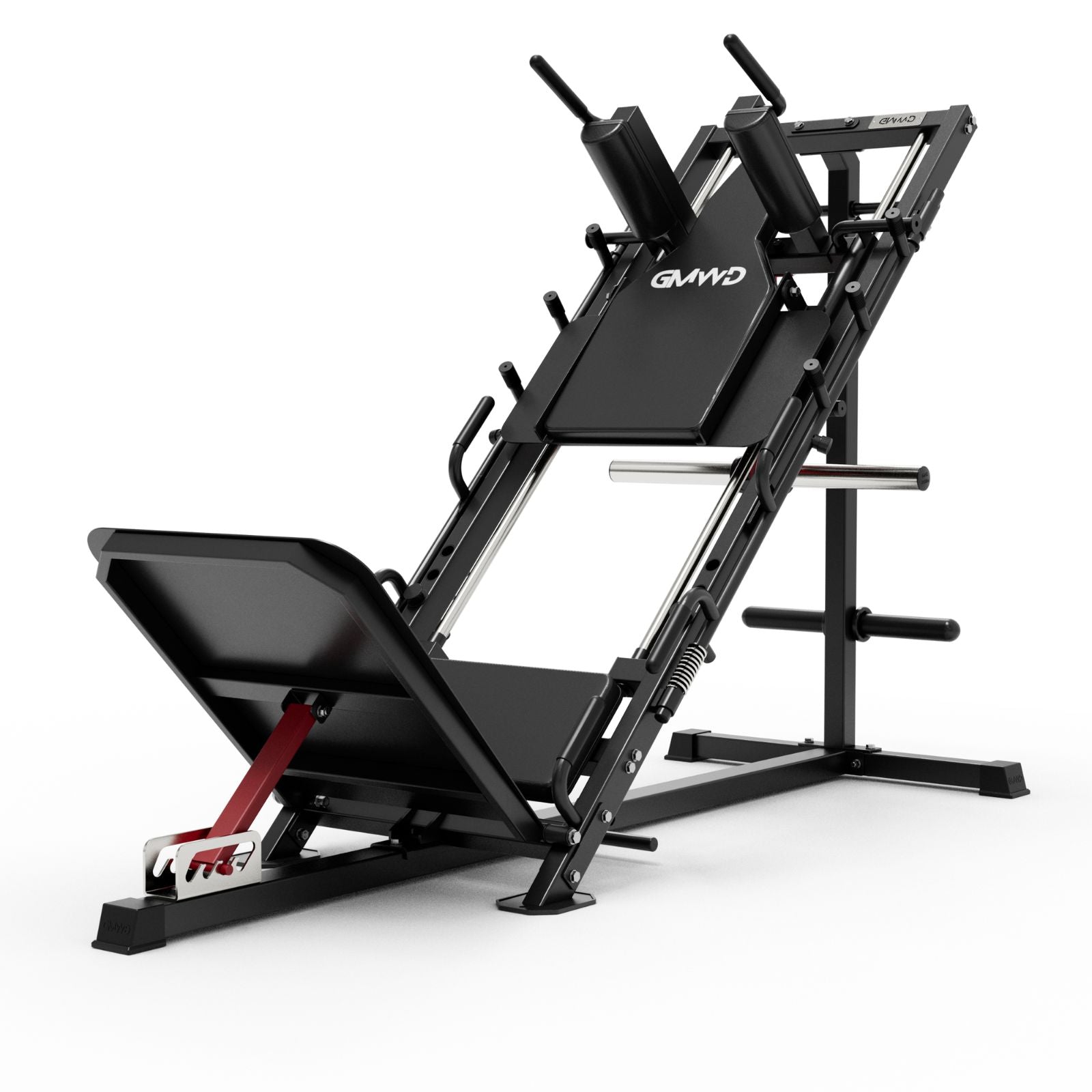Chest press machines are some of the most frequently debated pieces of equipment in strength training. Are they effective? Are they better than free weights? And why do some people find them surprisingly difficult?
In this guide, we’ll explore the effectiveness, mechanics, and variations of chest press machines to help you determine whether they deserve a place in your training routine—whether you're a beginner or an advanced lifter.
Are Chest Press Machines Good or Bad?
Let’s get this out of the way: Yes, chest press machines are good—but context matters.
For beginners, machines like the seated incline chest press or converging chest press machine offer a safe and controlled way to build upper body strength without the intimidation or instability of free weights. For experienced lifters, they can be valuable tools for hypertrophy, isolation, or injury recovery.
Why Is the Chest Press Machine So Hard?
If you’ve ever asked, “Why is the chest press machine so hard?”—you’re not alone.
-
Fixed Path of Motion: Unlike free weights, your body must conform to the machine’s movement arc. If the setup doesn’t match your limb length or shoulder mobility, it feels awkward—and harder.
-
Less Compensation: You can’t “cheat” with stabilizers like you might in a free weight bench press. The tension stays locked on the pecs.
-
Starting Position Load: Some vertical chest press machines start with the weight already elevated, putting you under tension from the first rep.
Does the Chest Press Machine Build Muscle?
Absolutely. When performed with proper form and progressive overload, chest press machines—particularly iso-lateral chest press or leverage bench press machines—can be very effective at stimulating the pectorals, anterior deltoids, and triceps.
-
Machines allow you to train closer to failure without a spotter.
-
They’re ideal for drop sets and supersets in hypertrophy phases.
-
Many advanced lifters use them to increase training volume without overloading the CNS.
Converging Chest Press vs. Bench Press
The converging chest press mimics the natural arcing motion of your arms during a dumbbell or barbell press. This allows for a more biomechanically efficient contraction and fuller range of motion compared to some traditional bench machines.
Benefits of converging chest press:
-
Better muscle fiber recruitment
-
Lower joint stress
-
Safer for shoulders
But does that mean it’s better than barbell pressing? Not exactly—just different.
Bench Machine vs. Barbell: Which Is Better?
If your goal is:
-
Power and strength → Barbell bench press wins.
-
Muscle isolation and safety → Machines take the lead.
Barbell presses recruit more stabilizers, making them great for strength. But machine chest press variations like seated, incline, or front chest press are perfect for muscle growth with less risk of injury.
Seated Chest Press: Teaching Points and Tips
Whether it’s a seated bench press vs bench press comparison or just proper setup, here’s how to maximize your machine chest press:
Chest Press Sitting Form:
-
Adjust seat height so handles are level with mid-chest.
-
Feet flat, core braced.
-
Keep elbows at 45° angle to torso—not flared.
-
Avoid locking out elbows completely.
-
Control both concentric and eccentric phases.
Is the Seated Chest Press Good?
Yes, especially for:
-
Beginners building pressing mechanics
-
Older adults needing joint-safe training
-
Bodybuilders chasing muscle fatigue
It’s not inherently harder or easier than a barbell bench—it’s just different in how it loads the muscle.
Variations: Different Chest Press Machines
There’s a surprising range of machines beyond your typical gym setup:
-
Lying chest press machines – mimic flat bench press.
-
Vertical chest press machines – more front delt focus.
-
Iso-lateral chest press – independent arm movement = better symmetry.
-
Seated incline machines – bias the upper chest.
Understanding how each affects angle, load path, and muscle emphasis helps you program smarter.
Is Chest Press as Good as Bench Press?
Here’s the deal: comparing machine vs. free weight is like comparing a scalpel to a machete. One offers precision and isolation; the other offers power and stability.
Use both in your program if possible. Machines are not “easier” or “cheating”—they’re just one of many tools to stimulate muscle growth.
FAQs
How much does a chest press machine weigh?
Most selectorized machines start with ~10–15 lb increments and go up to 150–200 lb. Plate-loaded ones depend on how much you rack.
Is seated bench press harder?
It can be, depending on how the machine distributes resistance and the path of motion. Some seated models reduce momentum, increasing time under tension.
Final Thoughts: Are Chest Press Machines Effective?
Without a doubt, chest press machines are effective—especially when you:
-
Use proper form
-
Match the machine to your biomechanics
-
Train with intent
For lifters of all levels, smart use of machines alongside barbells and dumbbells creates a well-rounded chest routine.
Whether you're training at 30, 37, 40, or even 66 years old, machines can support your strength goals when used with purpose and progression.










































Leave a comment
This site is protected by hCaptcha and the hCaptcha Privacy Policy and Terms of Service apply.